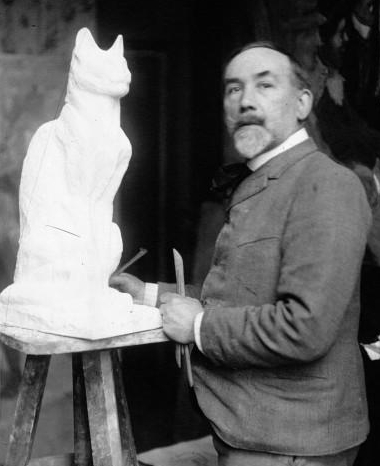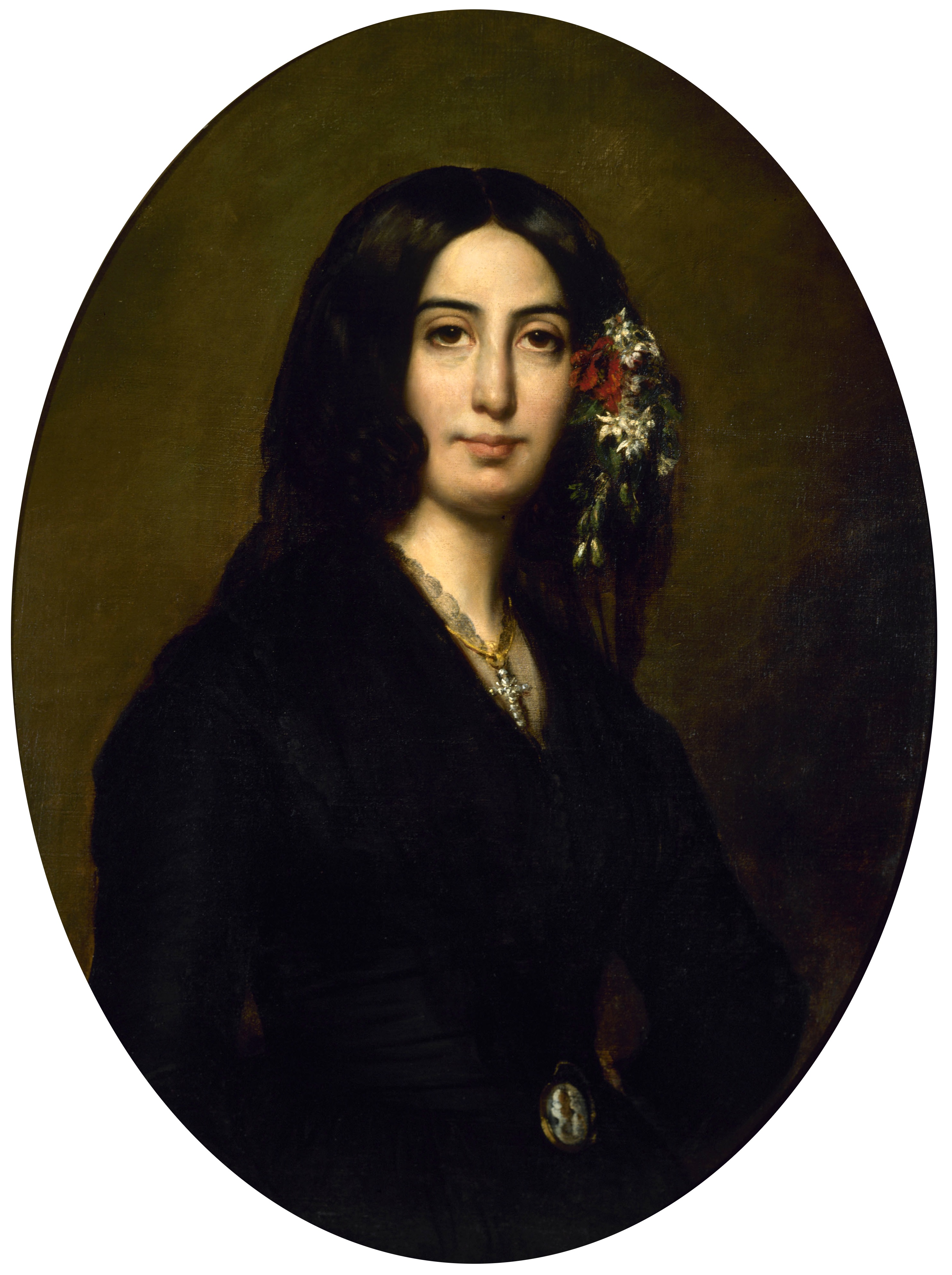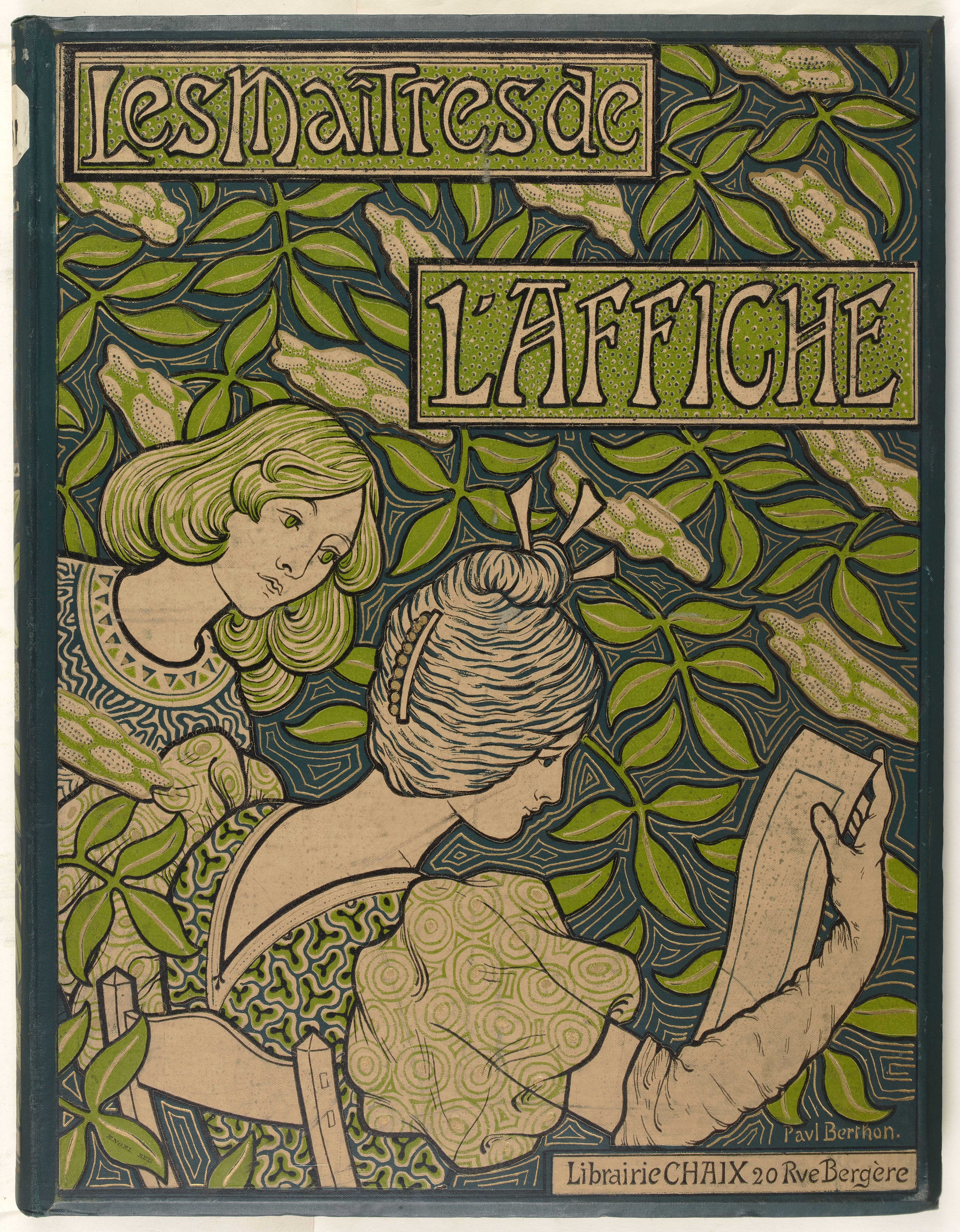|
Théophile Steinlen
Théophile Alexandre Steinlen (November 10, 1859 – December 13, 1923), was a Swiss-born French Art Nouveau painter and printmaker. Biography Born in Lausanne, Switzerland, Steinlen studied at the University of Lausanne before taking a job as a designer trainee at a textile mill in Mulhouse in eastern France. In his early twenties he was still developing his skills as a painter when he and his wife Emilie were encouraged by the painter François Bocion to move to the artistic community in the Montmartre Quarter of Paris. Once there, Steinlen was befriended by the painter Adolphe Willette who introduced him to the artistic crowd at Le Chat Noir that led to his commissions to do poster art for the cabaret owner/entertainer, Aristide Bruant and other commercial enterprises. In the early 1890s, Steinlen's paintings of rural landscapes, flowers, and nudes were being shown at the Salon des Indépendants. His 1895 lithograph titled ''Les Chanteurs des Rues'' was the frontispiece t ... [...More Info...] [...Related Items...] OR: [Wikipedia] [Google] [Baidu] |
Lithograph
Lithography () is a planographic method of printing originally based on the immiscibility of oil and water. The printing is from a stone ( lithographic limestone) or a metal plate with a smooth surface. It was invented in 1796 by the German author and actor Alois Senefelder and was initially used mostly for musical scores and maps.Meggs, Philip B. A History of Graphic Design. (1998) John Wiley & Sons, Inc. p 146 Carter, Rob, Ben Day, Philip Meggs. Typographic Design: Form and Communication, Third Edition. (2002) John Wiley & Sons, Inc. p 11 Lithography can be used to print text or images onto paper or other suitable material. A lithograph is something printed by lithography, but this term is only used for fine art prints and some other, mostly older, types of printed matter, not for those made by modern commercial lithography. Originally, the image to be printed was drawn with a greasy substance, such as oil, fat, or wax onto the surface of a smooth and flat limestone pla ... [...More Info...] [...Related Items...] OR: [Wikipedia] [Google] [Baidu] |
Saint Petersburg
Saint Petersburg ( rus, links=no, Санкт-Петербург, a=Ru-Sankt Peterburg Leningrad Petrograd Piter.ogg, r=Sankt-Peterburg, p=ˈsankt pʲɪtʲɪrˈburk), formerly known as Petrograd (1914–1924) and later Leningrad (1924–1991), is the List of cities and towns in Russia by population, second-largest city in Russia. It is situated on the Neva River, at the head of the Gulf of Finland on the Baltic Sea, with a population of roughly 5.4 million residents. Saint Petersburg is the List of European cities by population within city limits, fourth-most populous city in Europe after Istanbul, Moscow and London, the List of cities and towns around the Baltic Sea, most populous city on the Baltic Sea, and the world's List of northernmost items#Cities and settlements, northernmost city of more than 1 million residents. As Russia's Imperial capital, and a Ports of the Baltic Sea, historically strategic port, it is governed as a Federal cities of Russia, federal city. ... [...More Info...] [...Related Items...] OR: [Wikipedia] [Google] [Baidu] |
Hermitage Museum
The State Hermitage Museum ( rus, Государственный Эрмитаж, r=Gosudarstvennyj Ermitaž, p=ɡəsʊˈdarstvʲɪn(ː)ɨj ɪrmʲɪˈtaʂ, links=no) is a museum of art and culture in Saint Petersburg, Russia. It is the largest art museum in the world by gallery space. It was founded in 1764 when Empress Catherine the Great acquired an impressive collection of paintings from the Berlin merchant Johann Ernst Gotzkowsky. The museum celebrates the anniversary of its founding each year on 7 December, Saint Catherine's Day. It has been open to the public since 1852. The '' Art Newspaper'' ranked the museum 6th in their list of the most visited art museums, with 1,649,443 visitors in 2021. Its collections, of which only a small part is on permanent display, comprise over three million items (the numismatic collection accounts for about one-third of them). The collections occupy a large complex of six historic buildings along Palace Embankment, including the Win ... [...More Info...] [...Related Items...] OR: [Wikipedia] [Google] [Baidu] |
Cimetière Saint-Vincent
Saint-Vincent Cemetery (french: Cimetière Saint-Vincent) is a cemetery in the 18th arrondissement of Paris. History Saint-Vincent Cemetery was opened on January 5, 1831. It was Montmartres second cemetery, built after the Cimetière du Calvaire had been filled. Notable interments * Marcel Aymé (1902–1967), writer * Harry Baur (1880–1943), actor * Eugène Boudin (1824–1898) painter * Marcel Carné (1906–1996), film director * Jules Chéret (1836–1932), master poster designer * Jean-François Delmas (1861–1933), opera singer * Suzanne Grandais (1893–1920), actress * Roland Dorgelès (1885–1973), writer * Arthur Honegger (1892–1955), composer * Désiré-Émile Inghelbrecht (1880–1965), composer and orchestra leader * Gen Paul (1895–1975), painter * Claude Pinoteau (1925–2012), screenwriter and producer * Paul Sédir (Yvon Le Loup), (1871–1926), writer, philosopher * Théophile Steinlen (1859–1923) painter * Maurice Utrillo (1883–1955), painter * ... [...More Info...] [...Related Items...] OR: [Wikipedia] [Google] [Baidu] |
Pablo Picasso
Pablo Ruiz Picasso (25 October 1881 – 8 April 1973) was a Spanish painter, sculptor, printmaker, ceramicist and theatre designer who spent most of his adult life in France. One of the most influential artists of the 20th century, he is known for co-founding the Cubist movement, the invention of constructed sculpture, the co-invention of collage, and for the wide variety of styles that he helped develop and explore. Among his most famous works are the proto-Cubist '' Les Demoiselles d'Avignon'' (1907), and the anti-war painting '' Guernica'' (1937), a dramatic portrayal of the bombing of Guernica by German and Italian air forces during the Spanish Civil War. Picasso demonstrated extraordinary artistic talent in his early years, painting in a naturalistic manner through his childhood and adolescence. During the first decade of the 20th century, his style changed as he experimented with different theories, techniques, and ideas. After 1906, the Fauvist work of the sli ... [...More Info...] [...Related Items...] OR: [Wikipedia] [Google] [Baidu] |
Pseudonym
A pseudonym (; ) or alias () is a fictitious name that a person or group assumes for a particular purpose, which differs from their original or true name (orthonym). This also differs from a new name that entirely or legally replaces an individual's own. Many pseudonym holders use pseudonyms because they wish to remain Anonymity, anonymous, but anonymity is difficult to achieve and often fraught with legal issues. Scope Pseudonyms include stage names, User (computing), user names, ring names, pen names, aliases, superhero or villain identities and code names, gamer identifications, and regnal names of emperors, popes, and other monarchs. In some cases, it may also include nicknames. Historically, they have sometimes taken the form of anagrams, Graecisms, and Latinisation (literature), Latinisations. Pseudonyms should not be confused with new names that replace old ones and become the individual's full-time name. Pseudonyms are "part-time" names, used only in certain contexts – ... [...More Info...] [...Related Items...] OR: [Wikipedia] [Google] [Baidu] |
Gil Blas (periodical)
''Gil Blas'' (or ''Le Gil Blas'') was a Parisian literary periodical named for Alain-René Lesage's novel ''Gil Blas''. It was founded by the sculptor Augustin-Alexandre Dumont in November 1879. ''Gil Blas'' serialized novels, such as Émile Zola's '' Germinal'' (1884) and '' L'Œuvre'' (1885), before they appeared in book form. Numerous Guy de Maupassant short stories debuted in ''Gil Blas''. The journal was also known for its opinionated arts and theatre criticism. Contributors included René Blum, Alexandru Bogdan-Pitești, and Abel Hermant. Théophile Steinlen and Albert Guillaume provided illustrations. ''Gil Blas'' was published regularly until 1914, when there was a short hiatus due to the outbreak of World War I. Afterwards, it was published intermittently until 1938."Gil Blas," |
Le Rire
''Le Rire'' (, "Laughter") was a successful French humor magazine published from October 1894 until its final issue in April 1971. Founded in Paris during the Belle Époque by Felix Juven, ''Le Rire'' appeared as typical Parisians began to achieve more education, income and leisure time. Interest in the arts, culture and politics intensified during the Gay Nineties. Publications like this helped satisfy such curiosity. It was the most successful of all the "Journaux Humoristiques." The Dreyfus Affair occurred in 1894 and ''Le Rire'' was one of many publications to tap anti-Republican sentiment in wake of that scandal. It was a time in which French governance was frequently characterized by corruption and mismanagement. Government ministers and military officials became frequent targets. The satirical journal was filled with excellent drawings by prominent artists. It featured full-page chromotypographs on both covers and in the centerfold. Many of these pieces are now highly ... [...More Info...] [...Related Items...] OR: [Wikipedia] [Google] [Baidu] |
Sculpture
Sculpture is the branch of the visual arts that operates in three dimensions. Sculpture is the three-dimensional art work which is physically presented in the dimensions of height, width and depth. It is one of the plastic arts. Durable sculptural processes originally used carving (the removal of material) and modelling (the addition of material, as clay), in stone, metal, ceramic art, ceramics, wood and other materials but, since Modernism, there has been an almost complete freedom of materials and process. A wide variety of materials may be worked by removal such as carving, assembled by welding or modelling, or Molding (process), moulded or Casting, cast. Sculpture in stone survives far better than works of art in perishable materials, and often represents the majority of the surviving works (other than pottery) from ancient cultures, though conversely traditions of sculpture in wood may have vanished almost entirely. However, most ancient sculpture was brightly painted, ... [...More Info...] [...Related Items...] OR: [Wikipedia] [Google] [Baidu] |
Les Maîtres De L'Affiche
''Maîtres de l'Affiche'' (Masters of the Poster) refers to 256 color lithographic plates used to create an art publication during the Belle Époque in Paris, France. The collection, reproduced from the original works of ninety-seven artists in a smaller 11 x 15 inch format, was put together by Jules Chéret, the father of poster art. Publishing history The varied selection of prints were sold in packages of four and delivered monthly to subscribers. On sixteen occasions during the selling period between December 1895 through November 1900, the monthly package included a bonus of a specially created lithograph. A complete set, in five volumes, was sold in 2014 for US$43,450. Selected posters All the poster, in alphabetical order, can be seen on the Commons page: Les Maîtres de l'Affiche. Image:Jules Chéret-Fete des Fleurs.jpg, Jules Chéret: ''Fête des Fleurs'' in Bagnères-de-Luchon Image:Alice Russell Glenny-Women's Edition.jpg, Alice Russell Glenny (American, 1858 ... [...More Info...] [...Related Items...] OR: [Wikipedia] [Google] [Baidu] |

.jpg)





